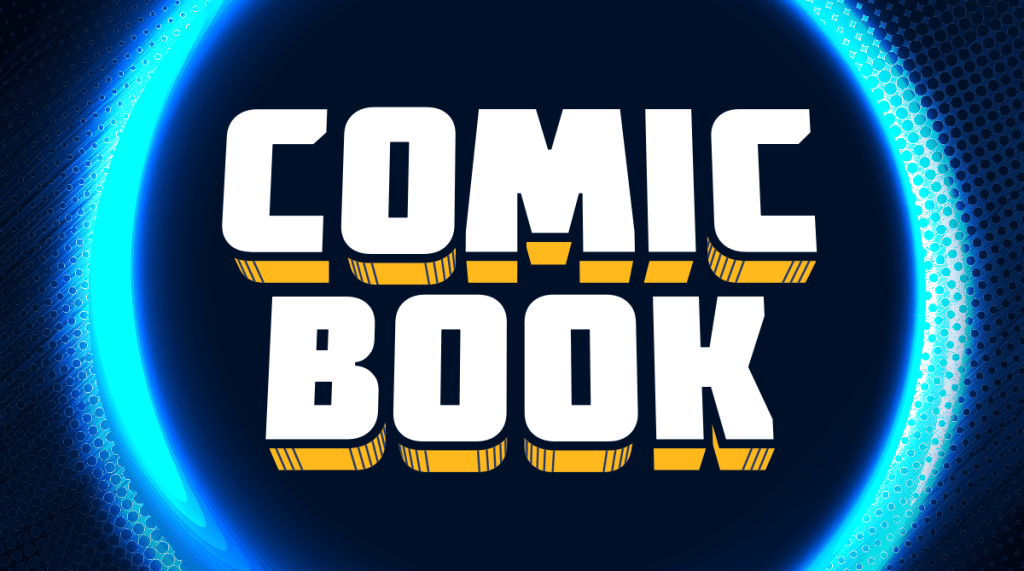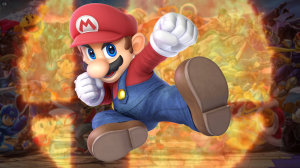An era comes to an end as J.M. DeMatteis, Pat Oliffe, and Tom Palmer conclude Scooby Apocalypse, a book that went from being a punchline from cynical fans at the beginning to one of DC’s most consistently entertaining series and the longest-lasting of the publisher’s Hanna-Barbera adaptations by quite a long stretch. In the issue, the Scooby Gang faces off against the Nanite King once and for all with the fate of the world hanging in the balance. Will it end the way basically every post-apocalyptic/zombie narrative ends, or more like an episode of Scooby-Doo might? That is the question.
Videos by ComicBook.com
Oliffe’s art is a bit uneven in the issue, but he has given loving attention to the scenes that need it the most. He also manages to do something that is not always easy: to transform the mountains of dialogue that is one of DeMatteis’s hallmarks into engaging and fluid artwork. As ever, the colors on this series are perfect, lending it a creepy air that never goes full horror or completely forgets where it came from. The result of Oliffe’s strong storytelling fundamentals and a color palette that perfectly suits the material is an issue that draws the reader into its world.
As an aside to the rest of this review, Heath Corson, Gus Vasquez, and Hi-Fi also bring fans a story of Atom Ant as this issue’s backup feature, and it is brief, surreal, and entertaining, but does not have the same emotional weight as the long-awaited conclusion to DeMatteis’s tale.
There is a whole lot of plot to get through in this final issue, but given the rapid movement that the series has had for the last several months, the pacing is actually pretty comfortable. Yes, there’s a lot there, but DeMatteis and company have been planting seeds for the end of the book for quite some time, and everything from the heroes’ master plan to the complexion of the world following the big battle feels logical. There are some great character moments in the issue, especially for Fred, who has shone even more brightly in the series since his death and rebirth.
[Start Gallery Call-to-Action Key=7754]The question of Fred’s humanity drives a lot of the story between he and Daphne, which is an interesting choice for a comic that teams its heroes with genetically modified, talking, often-bipedal dogs. It is almost like the loss of Fred’s humanity generates more discussion than the roles of characters who never had any humanity to begin with in the strictest sense.
There are some other big developments in the issue, of course; to DeMatteis’s credit, he realizes what kind of book this is and what kind of audience it has, and spends the last few pages of the issue with a brief time jump that fills in some gaps and gives fans a look at the new status quo before bringing down the curtain. It works perfectly because what’s next is tantalizing, and on a gut level, audiences will want to see more of it. Instead, what we get is the end fo an entertaining story that leaves us open to interpret the events as we like.
Published by DC Comics
On April 10, 2019
Written by J.M. DeMatteis
Pencils by Pat Oliffe
Inks by Tom Palmer
Colors by Hi-Fi
Letters by Travis Lanham









